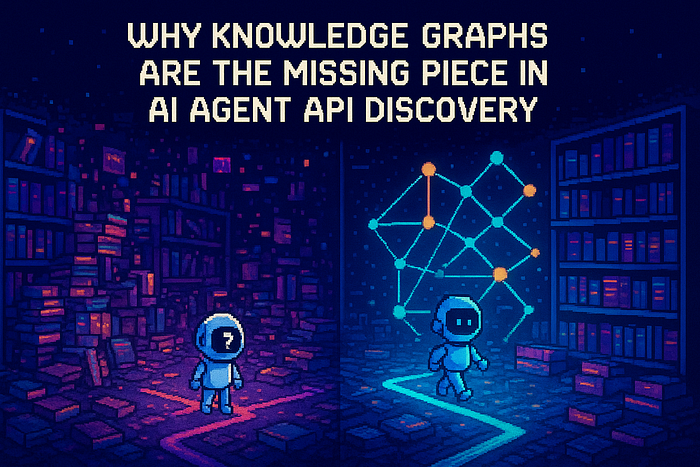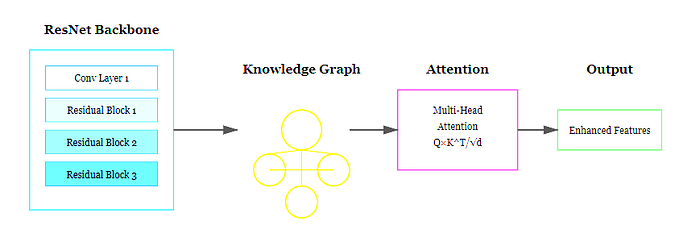
NN#6 — Neural Networks Decoded: Concepts Over Code
Author(s): RSD Studio.ai
Originally published on Towards AI.

This member-only story is on us. Upgrade to access all of Medium.
In the previous article, we dissected the mechanics of backpropagation, gradient descent, and the pivotal role of the chain rule in training neural networks. While these concepts form the backbone of deep learning, they are merely the starting point. The real challenge lies in optimizing these processes to ensure models converge efficiently, avoid local minima, and generalize well to unseen data.
This article dives into the art and science of optimization techniques, focusing on how to refine stochastic gradient descent (SGD), a form of which we studied in previous article, adapt learning rates dynamically and leverage advanced optimizers. By the end, you’ll understand how algorithms like Adam, RMSprop and Momentum transcend vanilla SGD to accelerate training and improve model performance.
Optimization algorithms are the techniques we use to fine-tune the internal parameters of our models, guiding them towards making more accurate predictions. They’re the mechanisms that allow neural networks to truly learn from their mistakes and improve over time. They are what makes it all make sense at the core level and more!
Stochastic Gradient Descent (SGD) is the workhorse of neural network optimization. Unlike batch gradient descent, which… Read the full blog for free on Medium.
Join thousands of data leaders on the AI newsletter. Join over 80,000 subscribers and keep up to date with the latest developments in AI. From research to projects and ideas. If you are building an AI startup, an AI-related product, or a service, we invite you to consider becoming a sponsor.
Published via Towards AI
Take our 90+ lesson From Beginner to Advanced LLM Developer Certification: From choosing a project to deploying a working product this is the most comprehensive and practical LLM course out there!
Towards AI has published Building LLMs for Production—our 470+ page guide to mastering LLMs with practical projects and expert insights!

Discover Your Dream AI Career at Towards AI Jobs
Towards AI has built a jobs board tailored specifically to Machine Learning and Data Science Jobs and Skills. Our software searches for live AI jobs each hour, labels and categorises them and makes them easily searchable. Explore over 40,000 live jobs today with Towards AI Jobs!
Note: Content contains the views of the contributing authors and not Towards AI.














